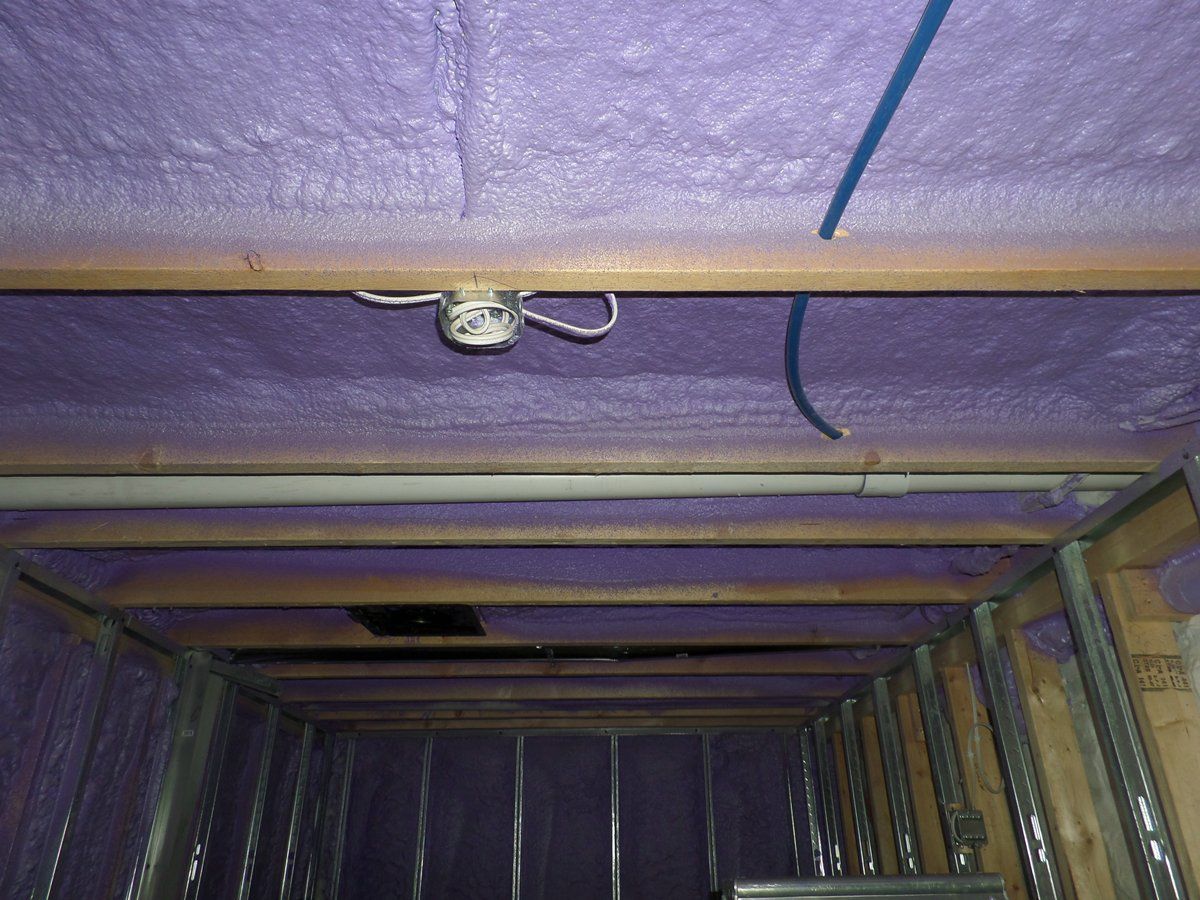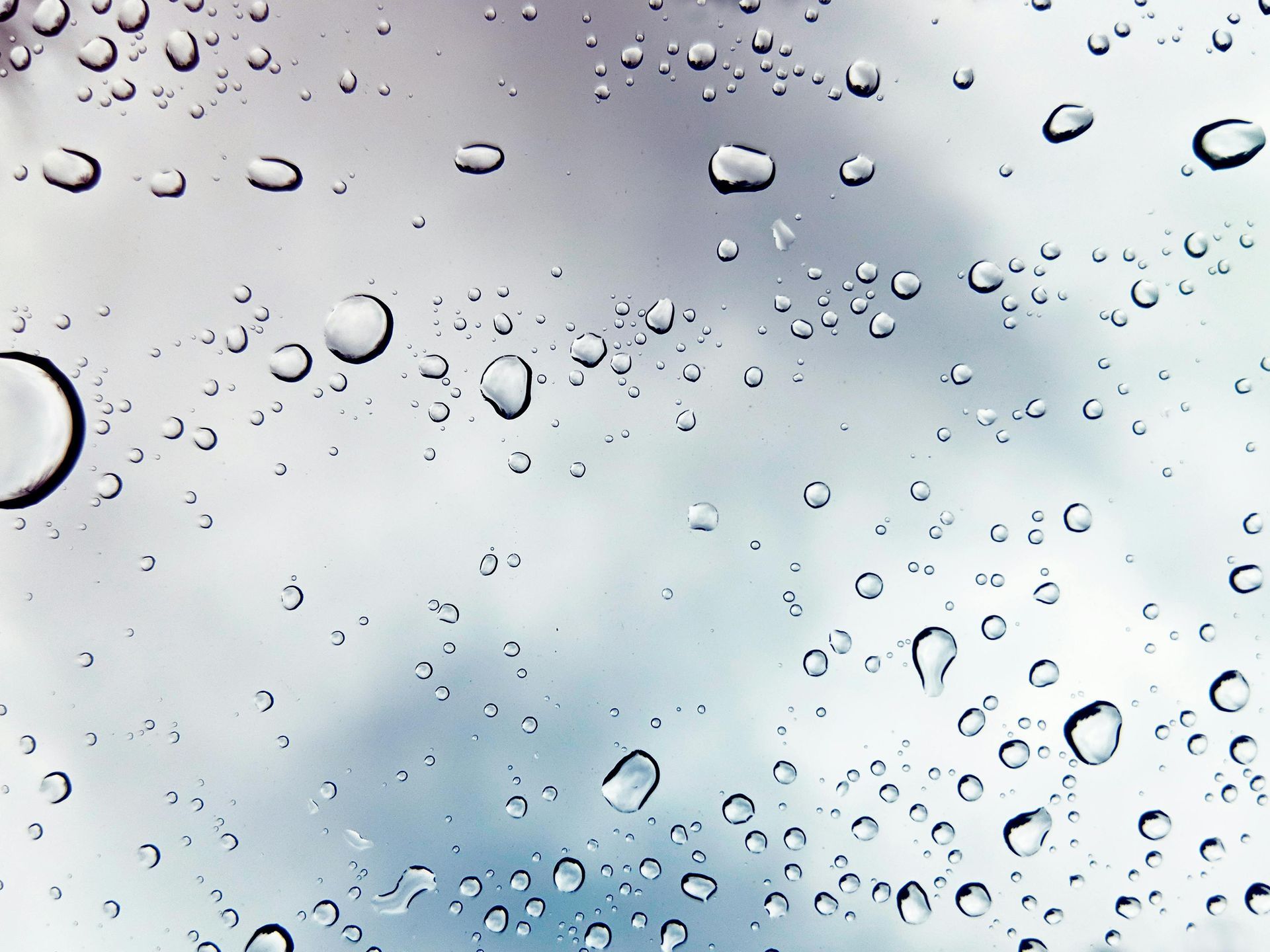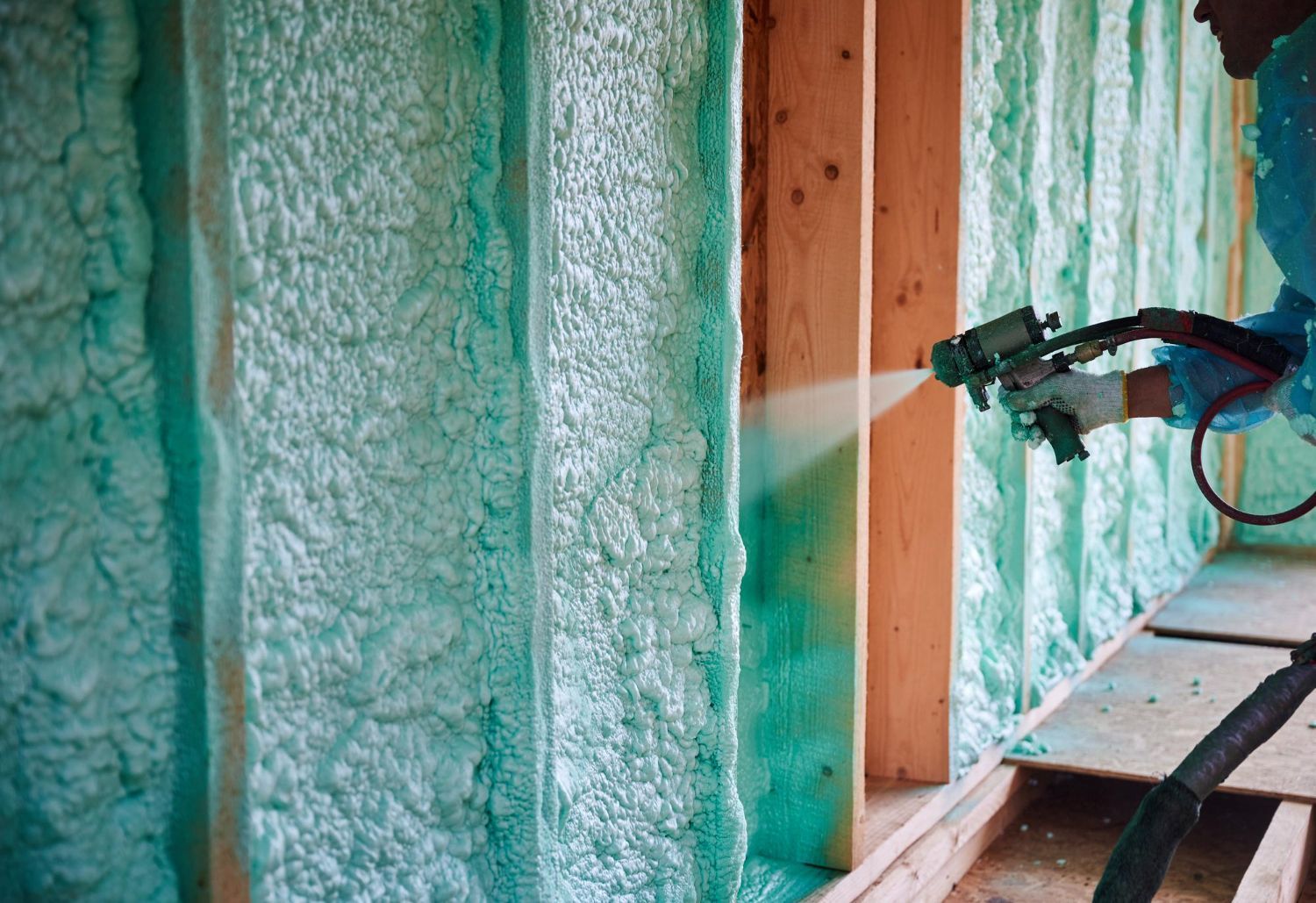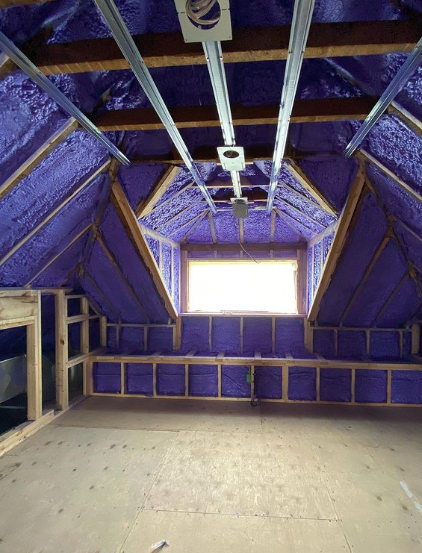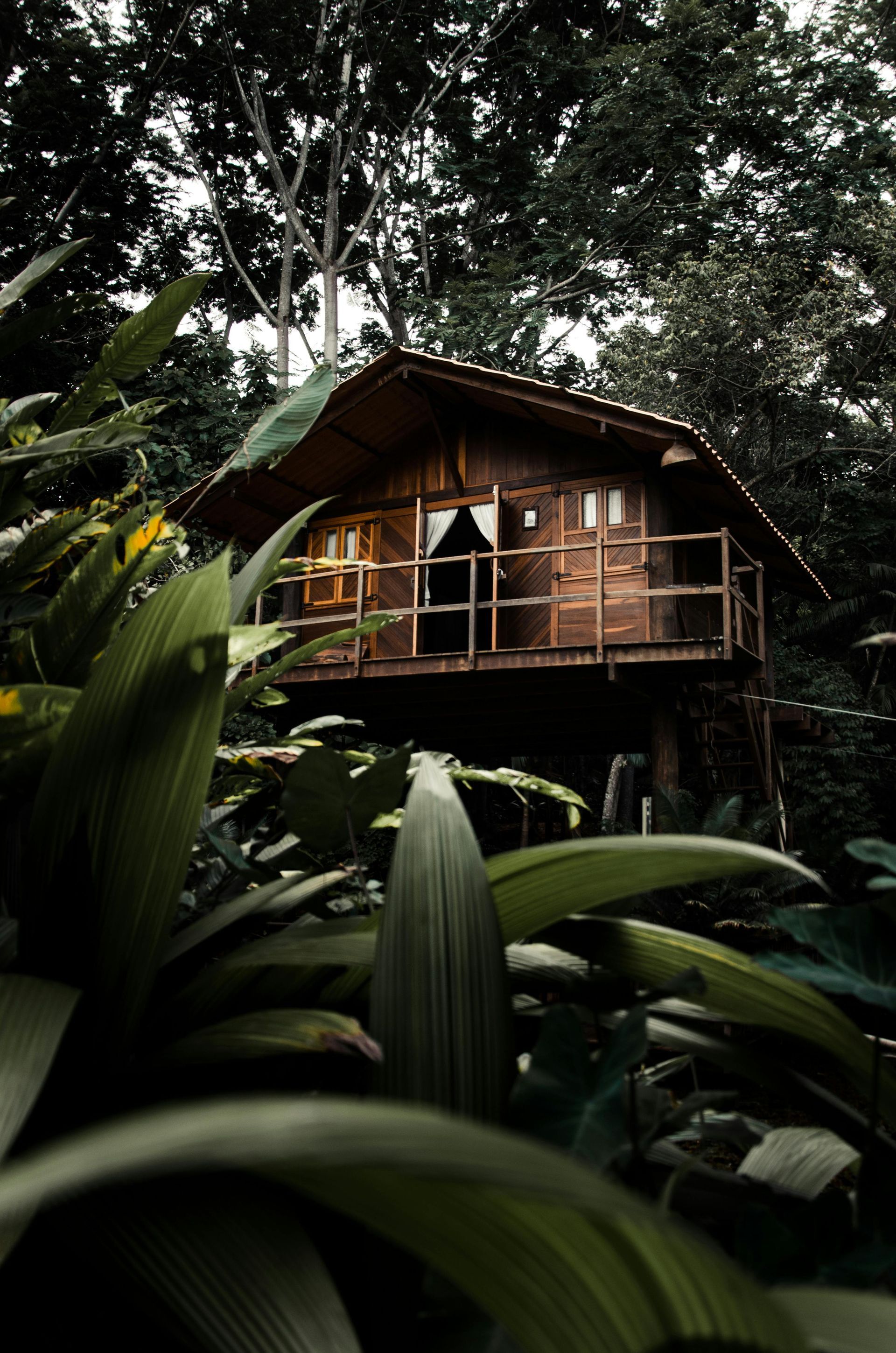Passive House is a global standard for building ultra-low energy and comfortable buildings that reduce greenhouse gas emissions and adapt to climate change. Passive house (German: Passivhaus ) is a voluntary standard for energy efficiency in a building which reduces the building's ecological footprint.
This energy efficient home design uses energy saving concepts such as an HRV (heat recovery ventilator), solar-gain windows, spray foam insulation, and hot water recovery. One of the earliest Canadian prototypes was the Saskatchewan Conservation House which was designed to offer comfortable living in the Canadian prairies where temperatures will swing between -40c to +40c. Many of these prototypes started being developed in the 1970’s in response to the oil embargo which caused the cost of oil to quadruple.
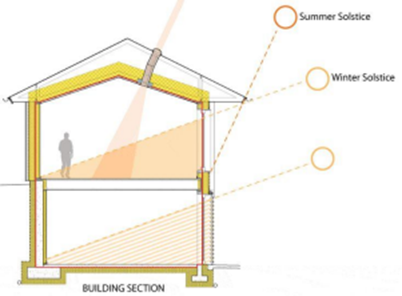
As shown in the diagram above, passive homes are designed to benefit from the angle of the sun to reduce reliance on energy to maintain indoor temperature. In summer the house is shaded by overhangs and in the winter months the sun infiltrates the building providing ambient warmth. We call these windows “solar gain” windows as they allow us to gain solar from the sun in order to heat the building. In summer those same windows would be shaded (by the roof or an awning), preventing the sun from heating the building. The building envelope needs to be a high Rvalue product such as a 2lb closed-cell polyurethane foam insulation such as Walltite CM01. Spray foam is both an air barrier and a thermal barrier. This makes the building very tight, and reduces the number of air exchanges that occur. HRV’s (heat recovery ventilator) are instrumental in exhausting indoor pollutants and excess humidity and warming fresh outside air to replace the expelled air. The passive house mantra is “build tight and ventilate right”.


